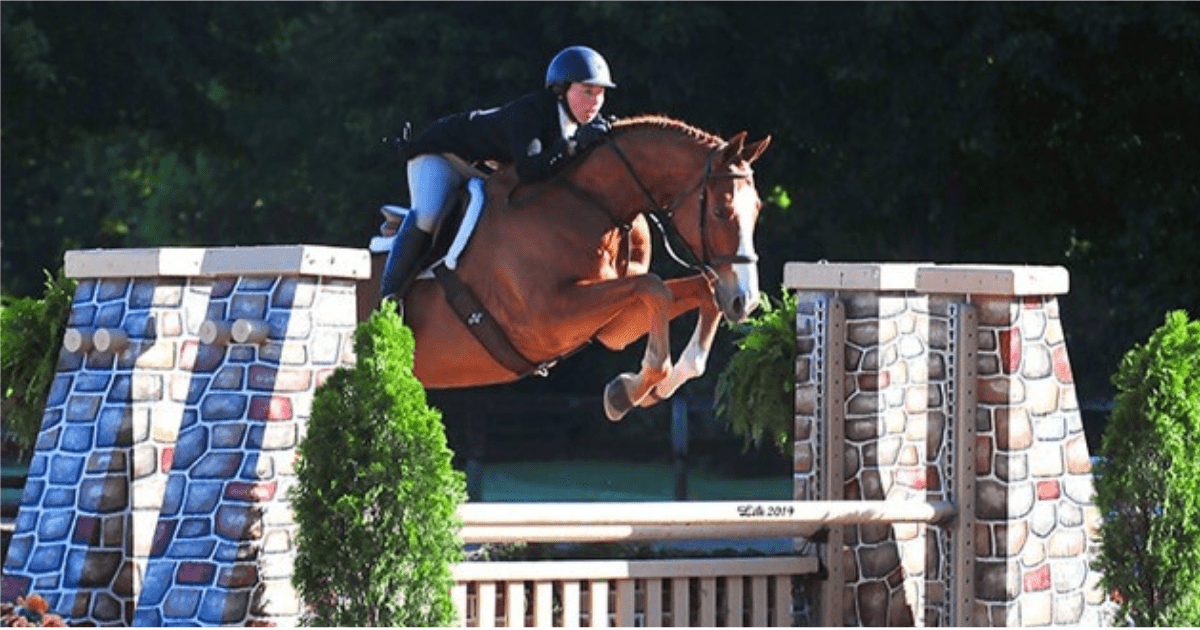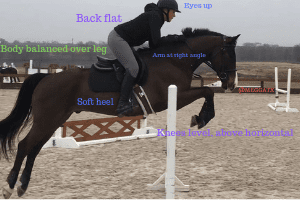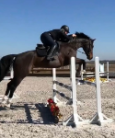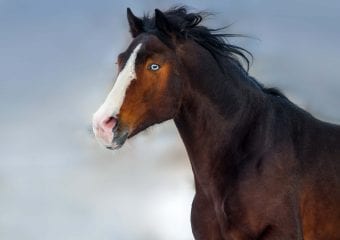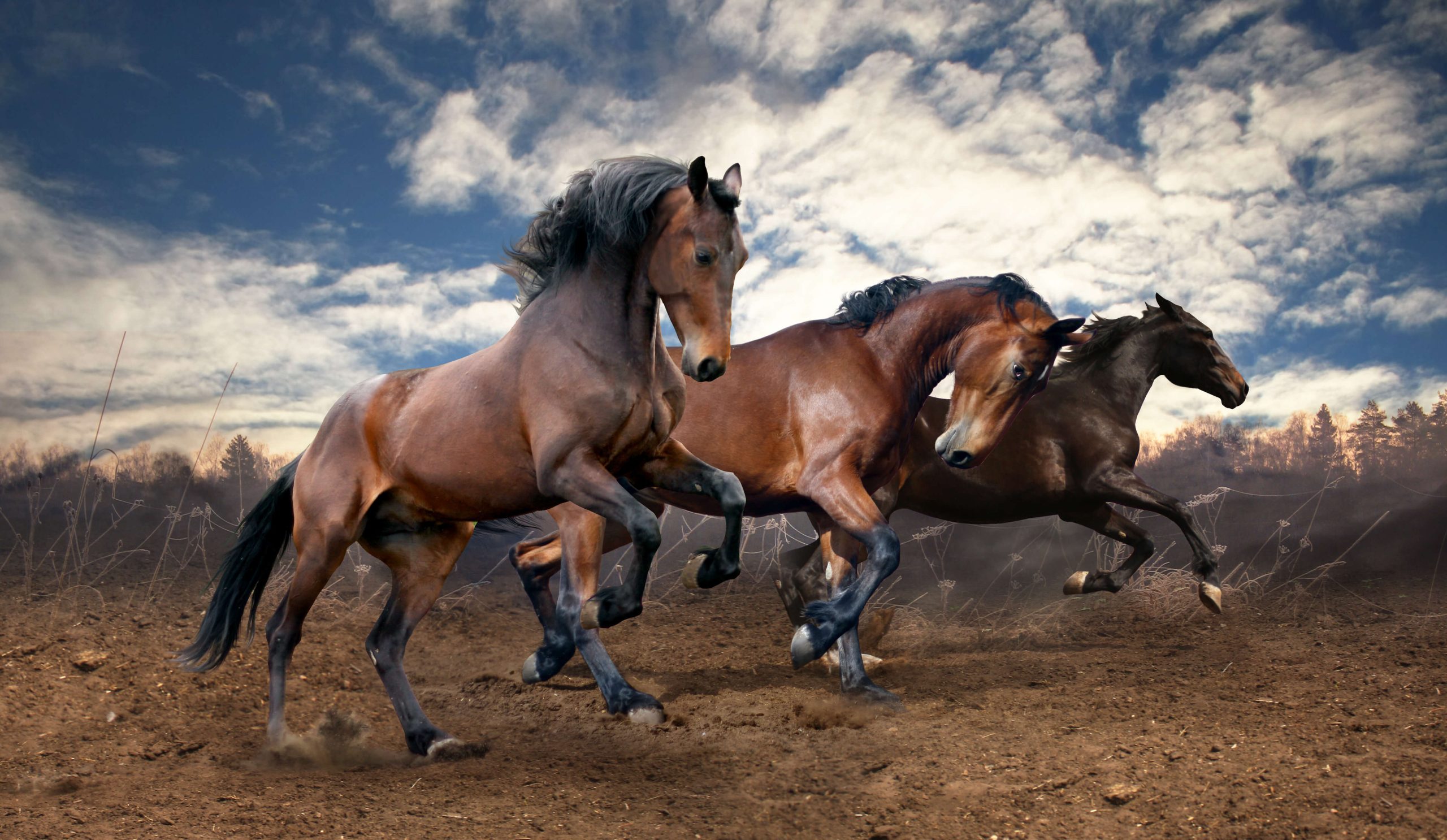Whether you are choosing equestrian photos for your personal account, personal brand, or business, you want to be mindful of the quality of the photos you post. Having an understanding and awareness of these elements allow you to take full advantage of your social media campaign as a tool to achieve your goals.
What Image Quality do I need?
If you are representing your business, or yourself, use photos that are clear and focused. Though it’s tempting to use a screenshot from a video, it’s not going to resonate the way a clear photo would. Use a quality image that’s the right size for the type of social media on which you are posting. Fortunately, it’s easier that ever to take quality photos, since cameras in smartphones are improving all the time. However, capturing a horse over a jump at the perfect moment is much harder and often requires more high tech equipment.
Another tip is to use multiple photos. On Facebook, according to one study, posts with multiple photos produce 12.9 times more engagement! Instagram allows also allows users to post multiple photos, so it’s a good tactic to use there as well.
To check that you have the correct photo sizes, see our post on correct photo dimensions.
What type of equestrian photos are best?
When choosing a photo, besides considering image quality, consider whether it a) represents you (and your horse or team) appropriately, and b) whether it depicts your horse well.
Representing Yourself
There are a few things to consider here, that you may not be thinking about. Consider your goals (short-term and long-term) when asking yourself these questions. The answer isn’t the same for everyone.
- Are you representing a brand/ business or do you hope to in the future? Make sure you post appropriate content and text, avoiding bad-mouthing other people or programs, or any other unbecoming behavior.
- Are you part of a team? For the equestrian industry, this usually means do you ride as part of a barn or trainer program? Many of us are. Remember that anything you post, whether you tag them or not, represents them. If you are taking photos or videos at their facility, be respectful of the way you portray them.
- While it’s true that it’s appealing to be transparent in your journey and your struggles, if you have 5 photos to choose from, and they range from great equitation to terrible, it may behoove you to post the best of the bunch. Or, at least include it and explain what you were working on. If you aren’t sure which is best- trainers are usually happy to weigh in. But, you can always just try stay as close as you can to meeting these four standards:
- Soft ankle (heel down is even better, but if nothing else i go for a soft ankle)
- Straight spine- bonus if shoulders are pulled back.
- Eyes forward
- Leg under the body as to allow for independent balance
Representing Your Horse
Do you have to represent your horse at his best? Can’t you just show him or her in all his imperfect glory? Of course you can. You do you. But many of us would love to show the best features of our horse. Trainers, again, are usually very willing to weigh in. But here are a few tips in the meantime:
- In general, try to choose photos where your horse has a soft eye, mouth is closed, neck is somewhat relaxed, they appear to be in sync with you, and unless jumping, their topline is fairly balanced and level (as opposed to looking severely downhill, or to the horse’s head straight up in the air).
- Make sure the horse is well-turned out (groomed) and in good condition. Not just for photos, but in general. And the photos should, in-turn, reflect that good care.
- For showcasing flatwork, follow the above guidelines, as well as trying to find a photo that captures a moment where they are stretching a leg out in front of them. It suggests a quality of movement that is pleasing to the eye and is usually most flattering. Whereas if you choose a moment when all the knees are bent, it implies that they have a less graceful way of moving.
- For showcasing jumping photos, try to find the moment at the absolute top of the jump, where their legs above their knees are as horizontal as possible We want level knees, pulled up tight toward their chest. If that’s not your horses’ jumping style, you could choose a landing photo. Or, choose an attractive photo between the jumps, that shows their attention toward where they are going.
Representing Your Equestrian Brand
If you are an equestrian company, and/or if you intend to use these photos to market to horse people, give some thought to your specific audience. If you are involved in horses, you probably understand that each discipline has a fairly specific aesthetic. And there are sub-sets of the discipline too. You need to think about the message you are communicating to your audience. The photos, subjects, arrangement, font, color, white space, everything about the visual presentation is telling your audience whether or not your product or service applies to them.
Spend some time going through highly popular websites for the discipline you are targeting. If you are trying to appeal to multiple disciplines, this can be tricky. It’s easy to alienate one discipline with photos of another. Your best bet is to choose high-quality images of brilliant, beautifully groomed and athletic sport horses with professional-looking riders- these type of images tend to have the most universal appeal.
One final word: consider the photo’s background. Is the environment reflecting your message and brand? Is it the most appropriate background? Sometimes, we choose a dark background with a dark horse, and therefore the horse is less visible. Or, sometimes we choose a background that reflects poorly on the environment- like a messy crosstie area with forgotten manure. A thought to this kind of thing really adds a lot (or subtracts from) your presentation quality.
Hopefully these guidelines help you figure out which photos to post. Every program is different, as well as everyone’s learning curve. The above guidelines won’t apply universally. So, check with your trainer to see what is most flattering for you and your equine partner. Again, post according to your own goals, standards, and personal style.
Want to learn more about how to promote your brand? Contact Top Line Media Team today!
Jenn Crow has been a lifelong barn rat, and a hunter/jumper professional for 20 years with a passion for teaching and operations, from lesson programs, to IEA Teams, to shows such as WEF, Harrisburg, and Washington.

